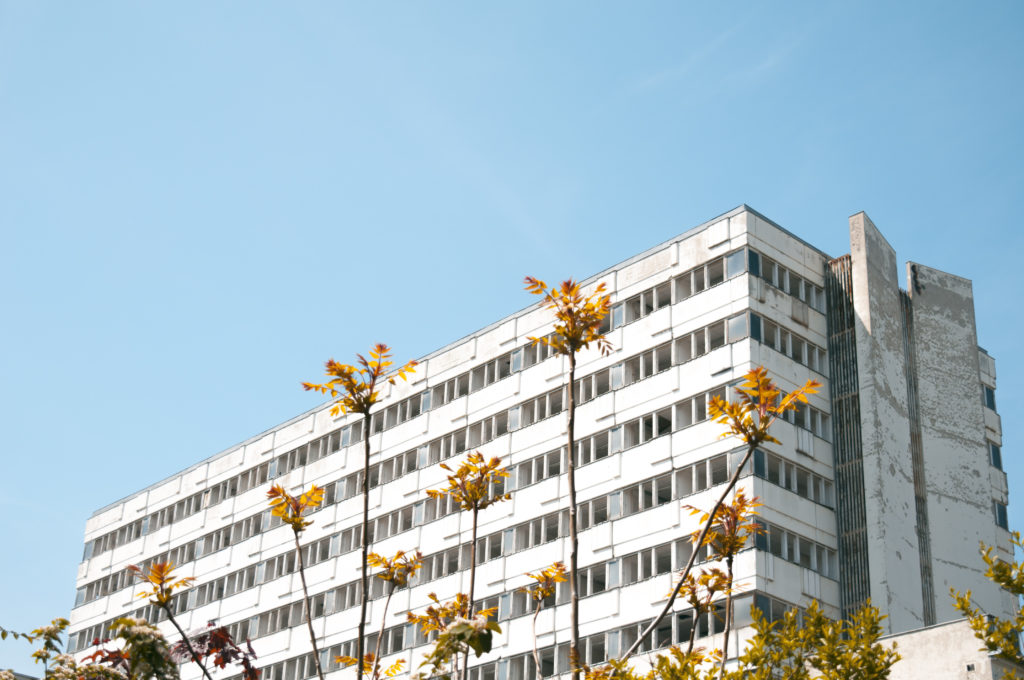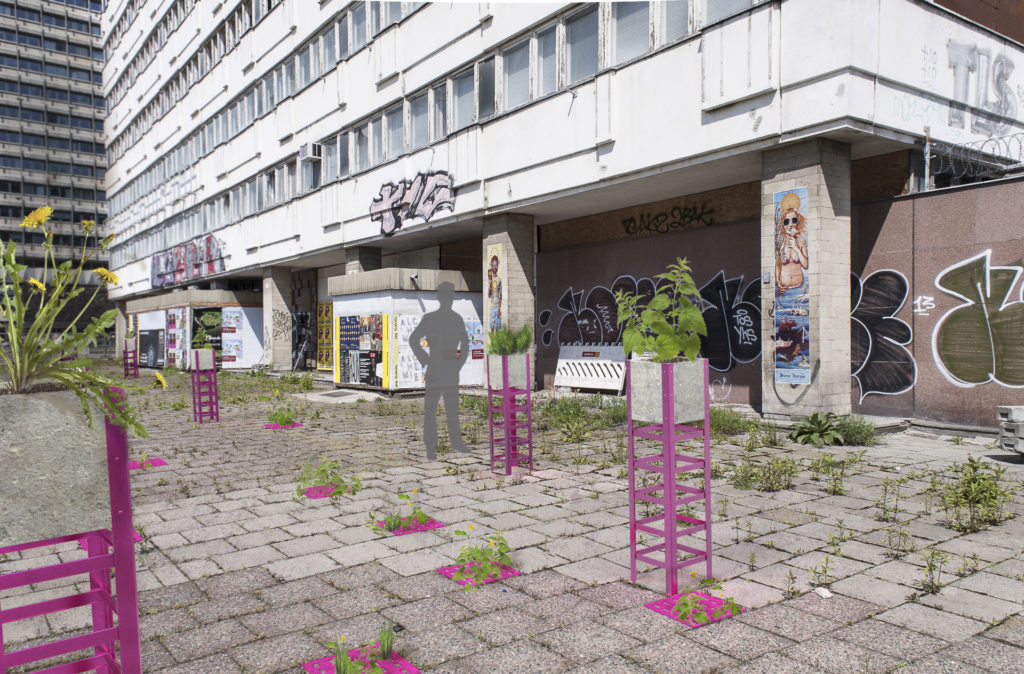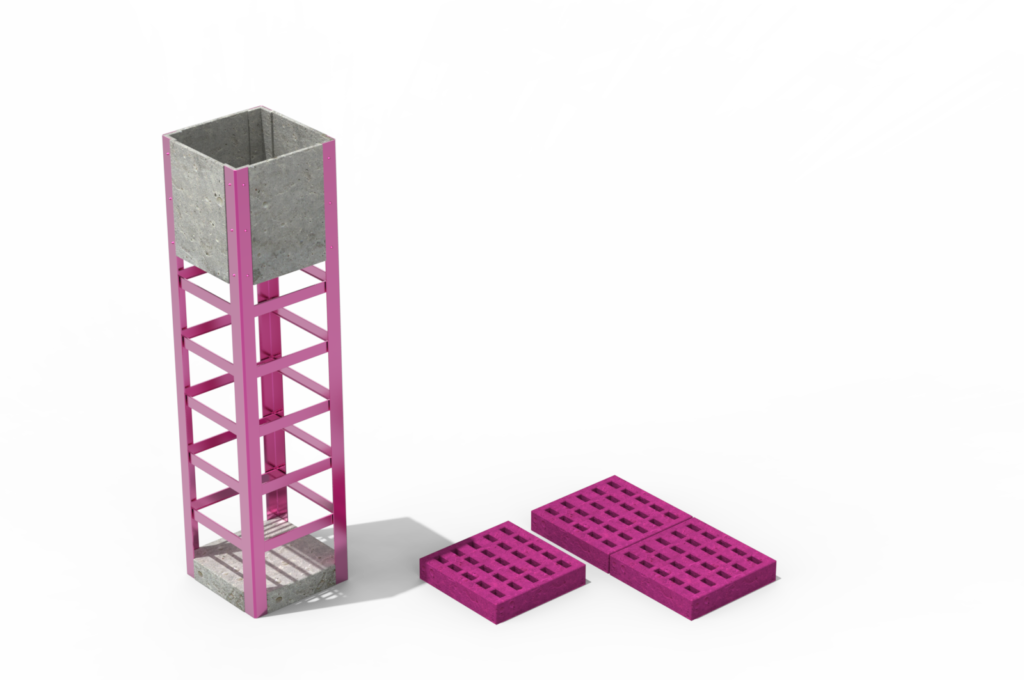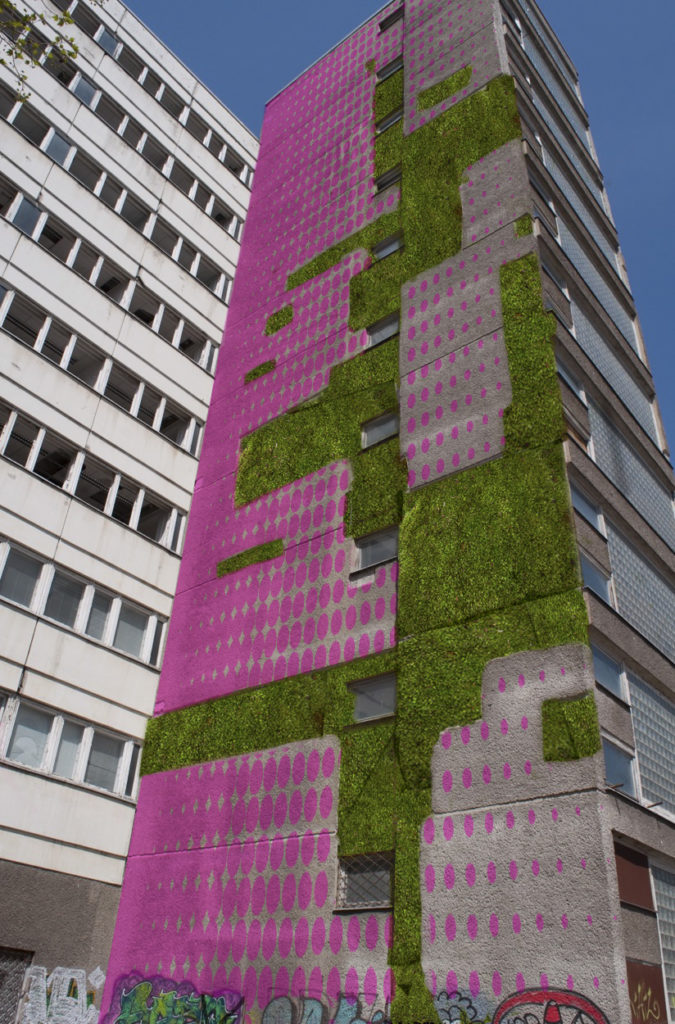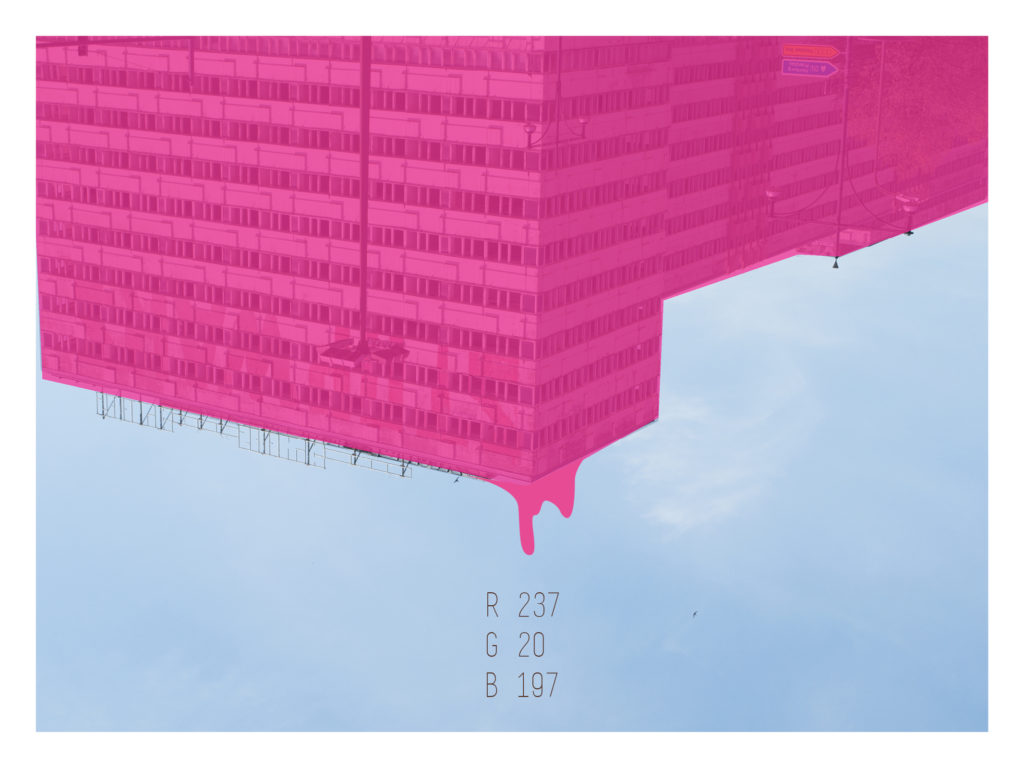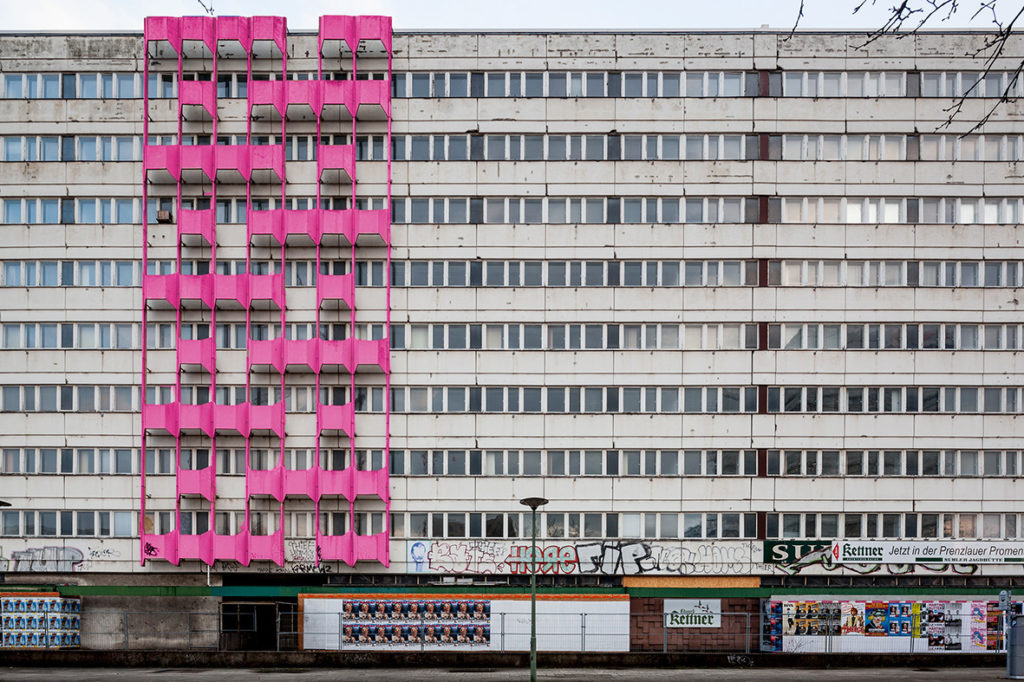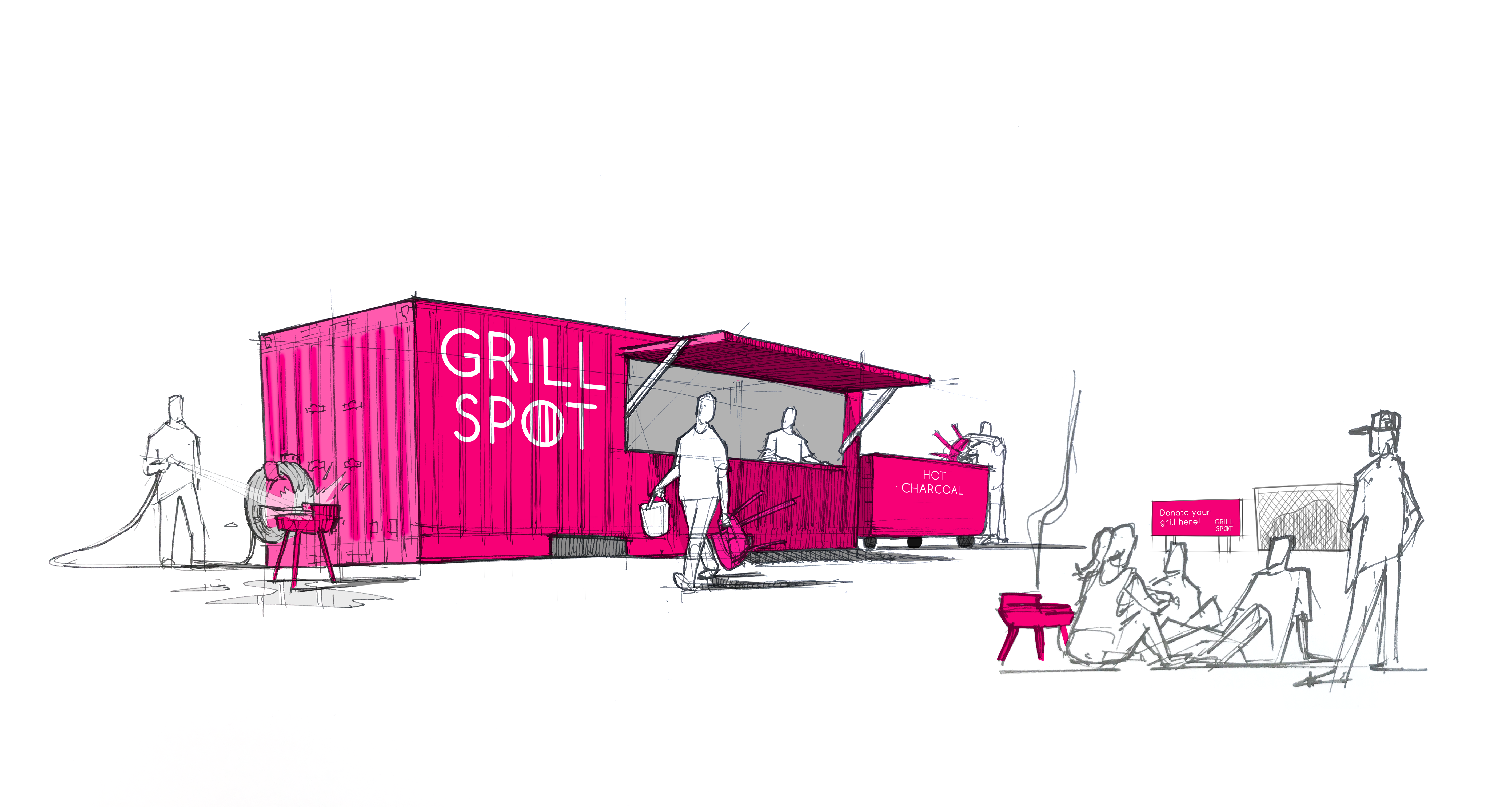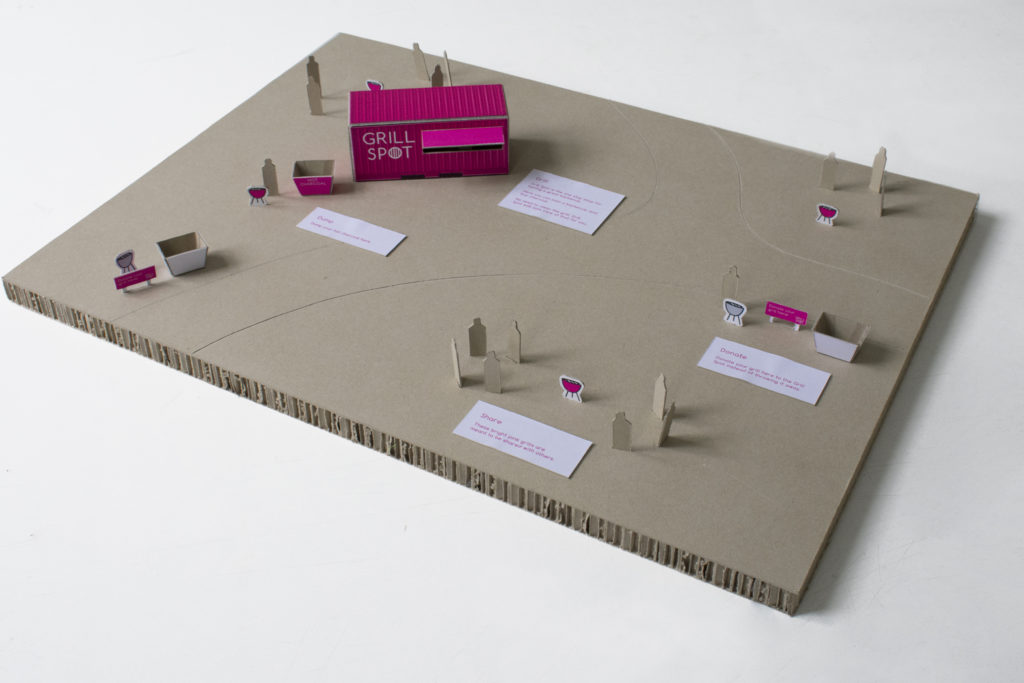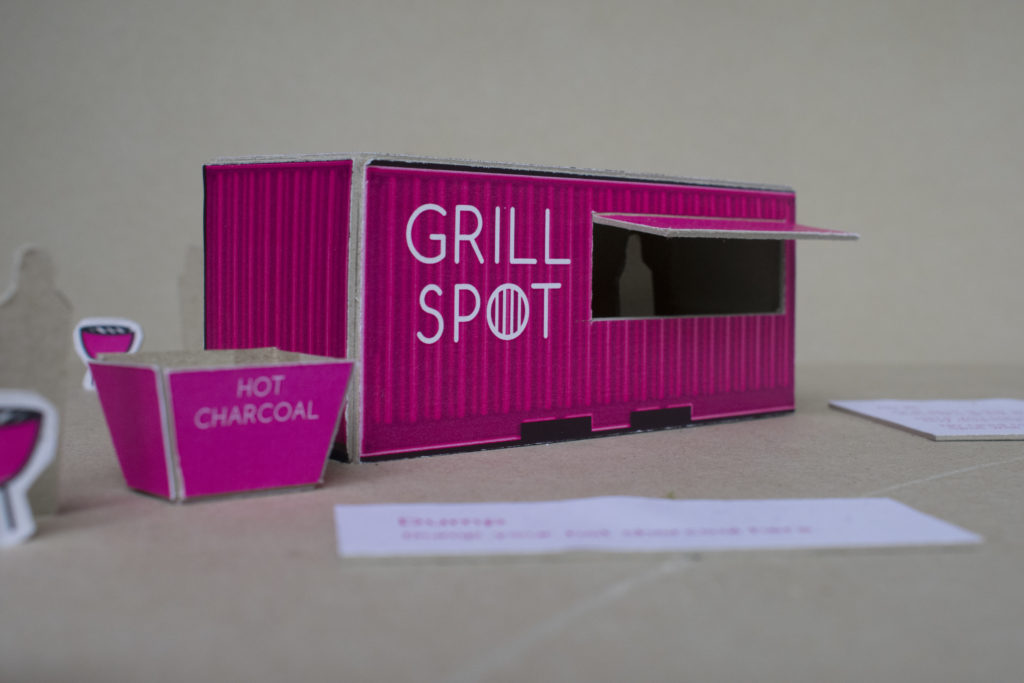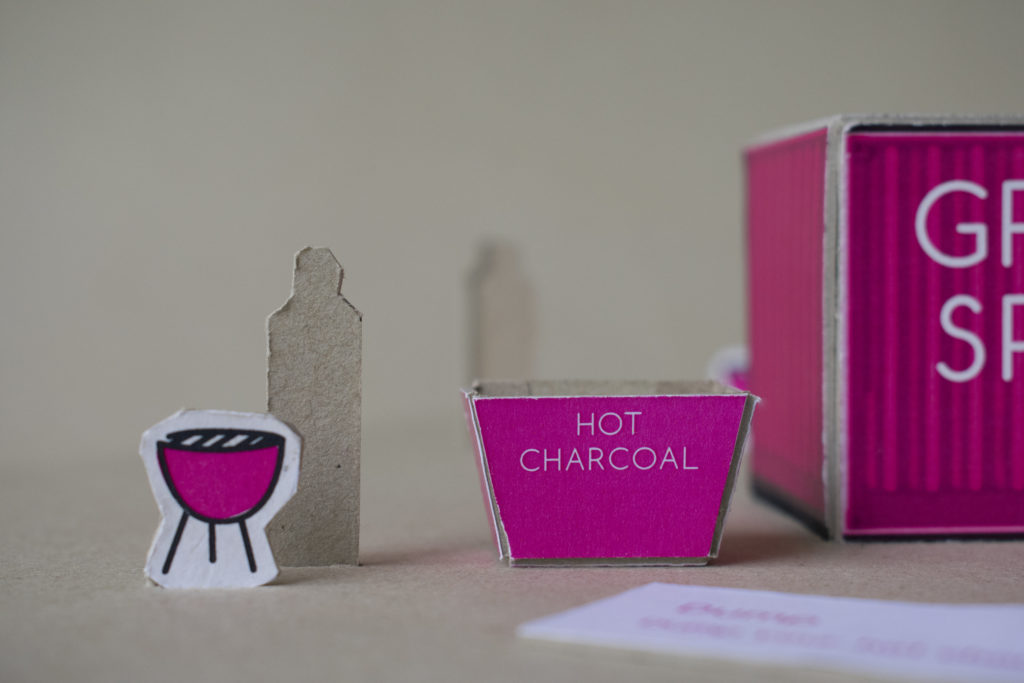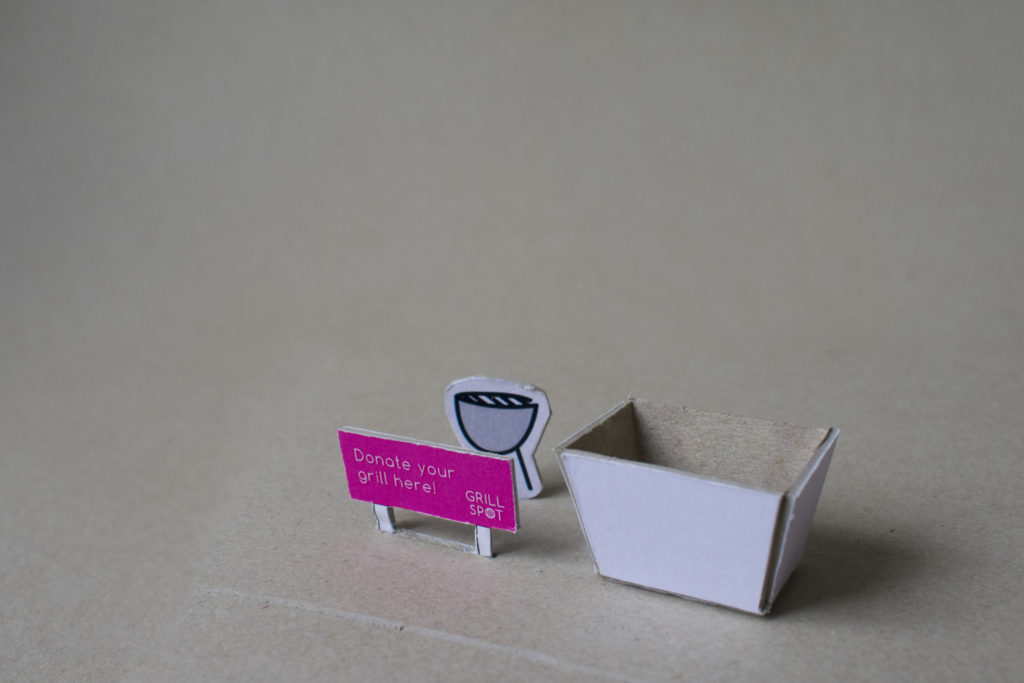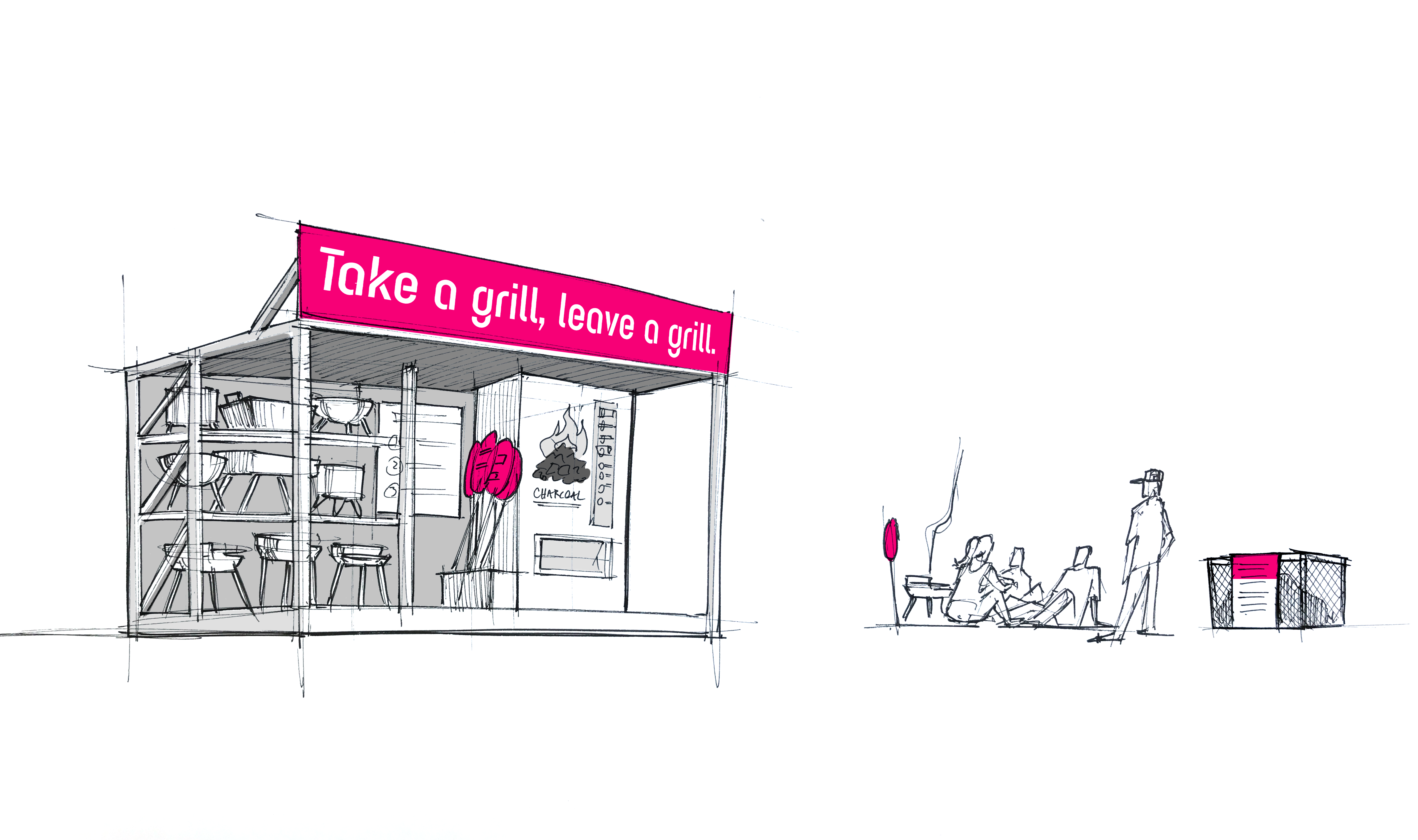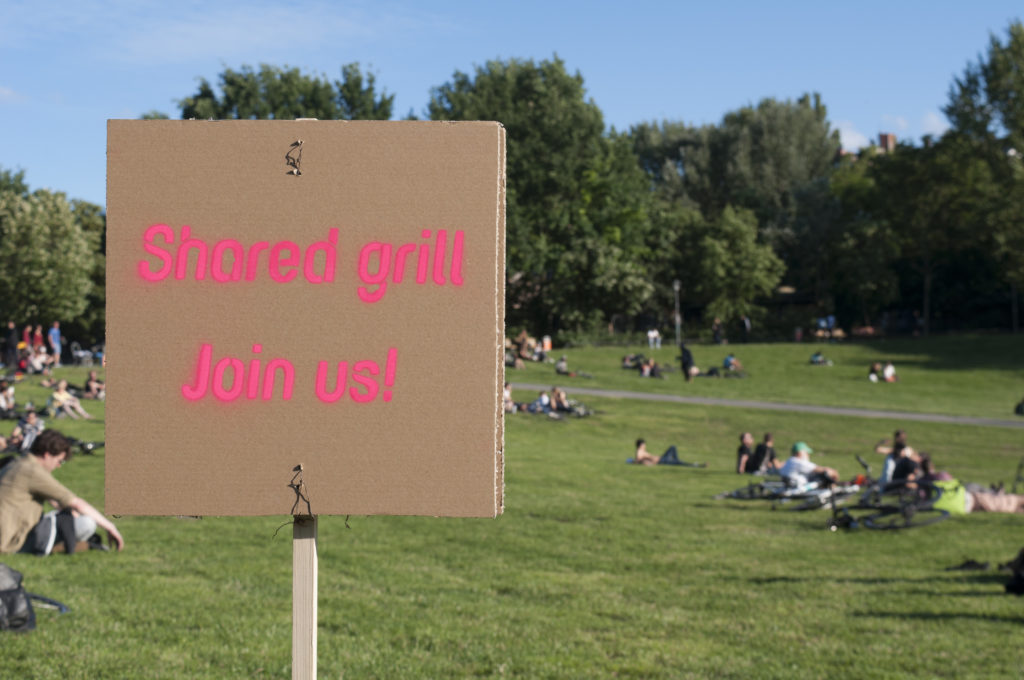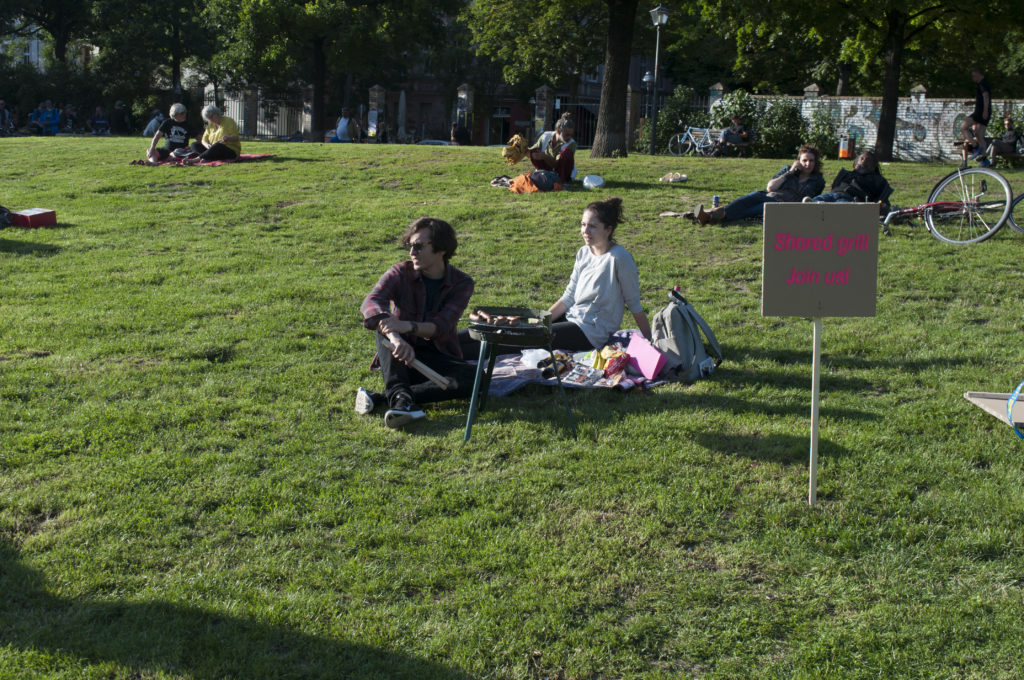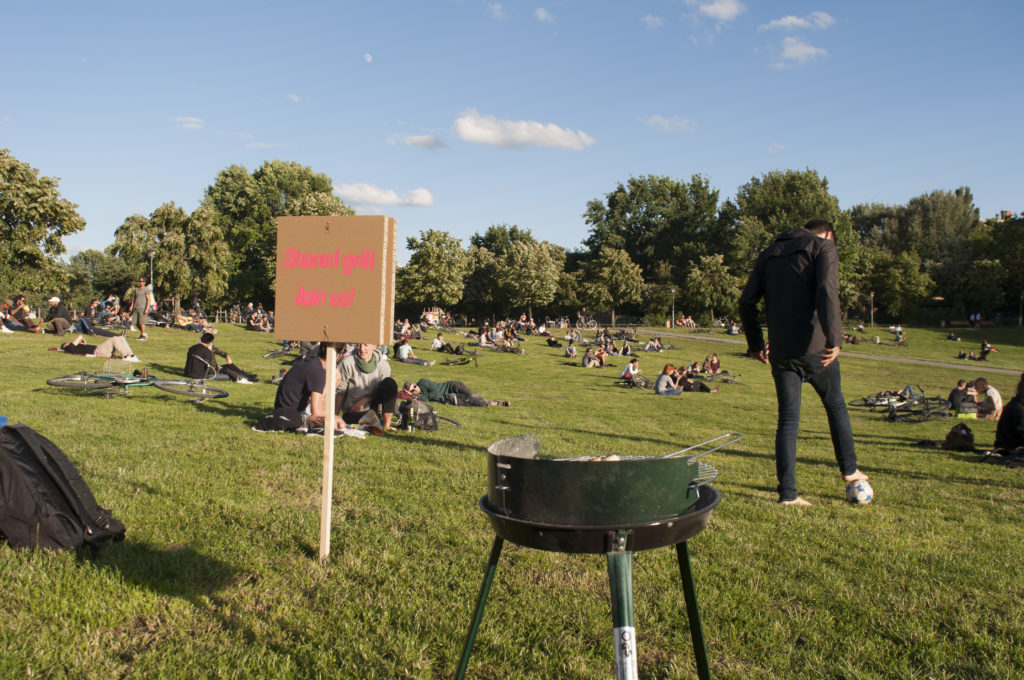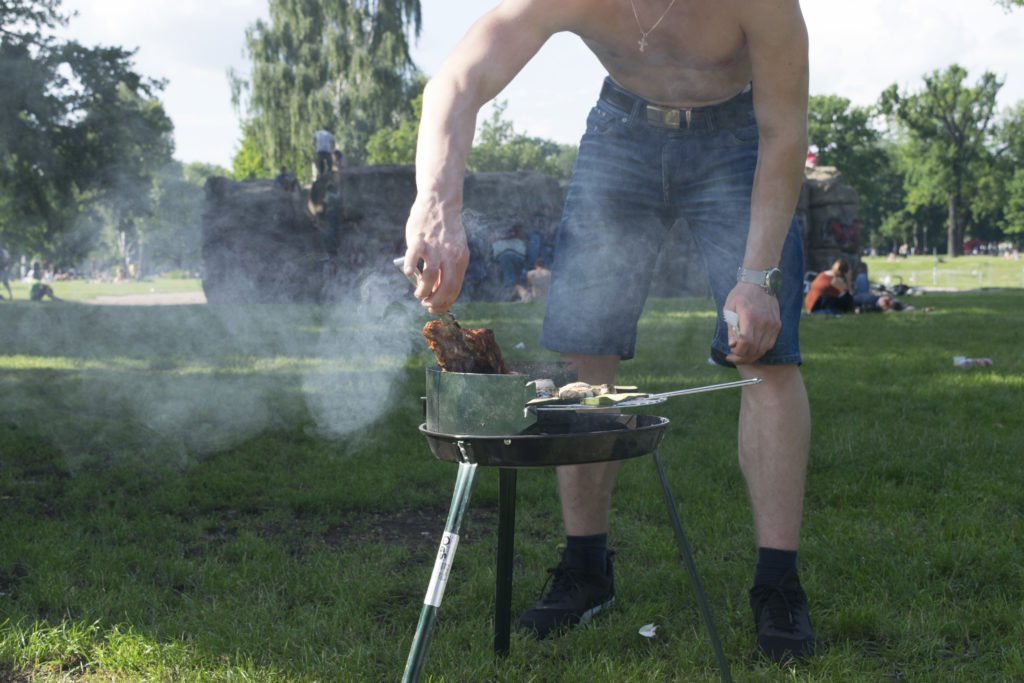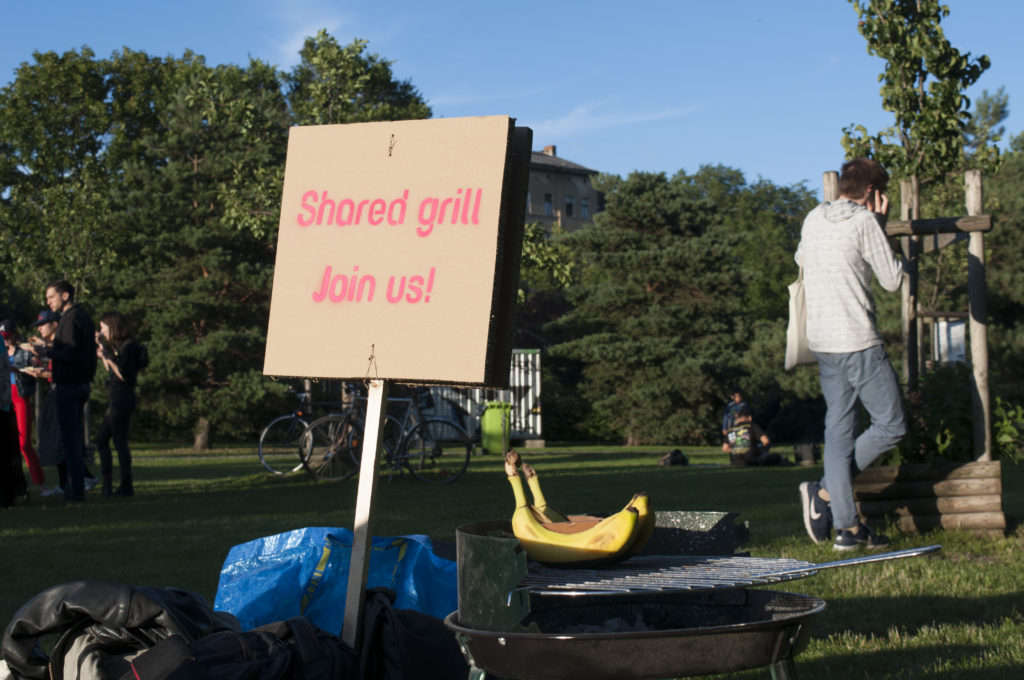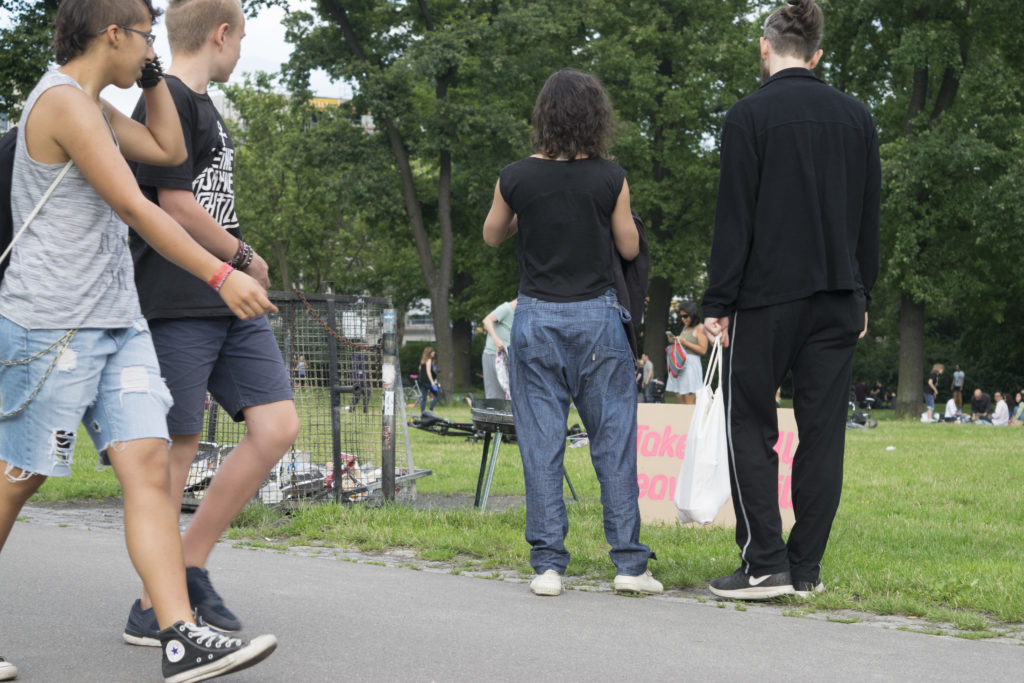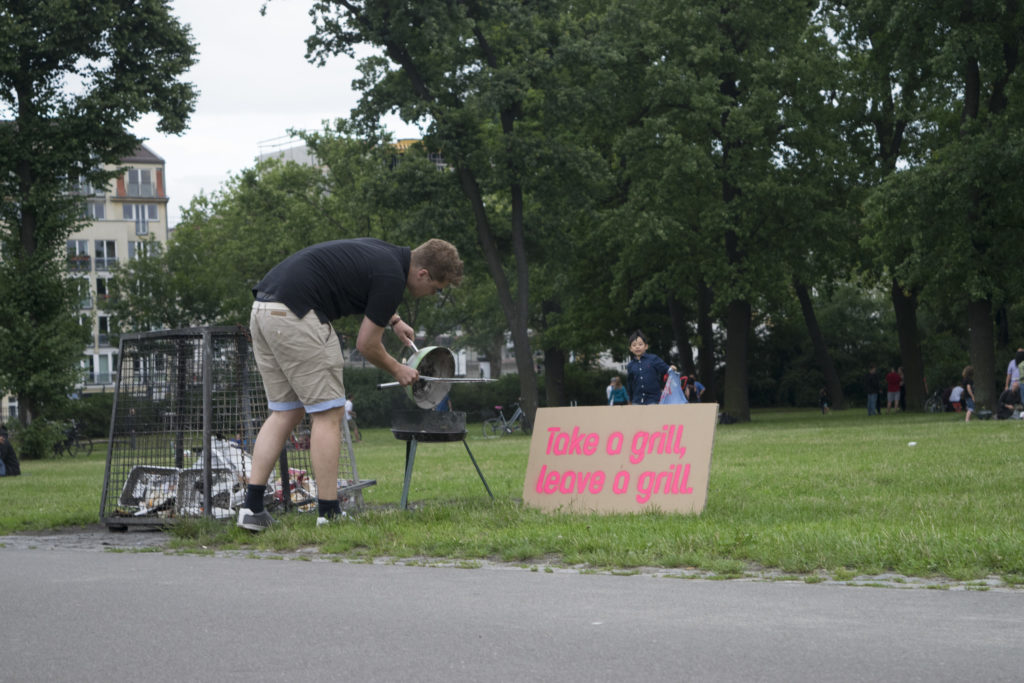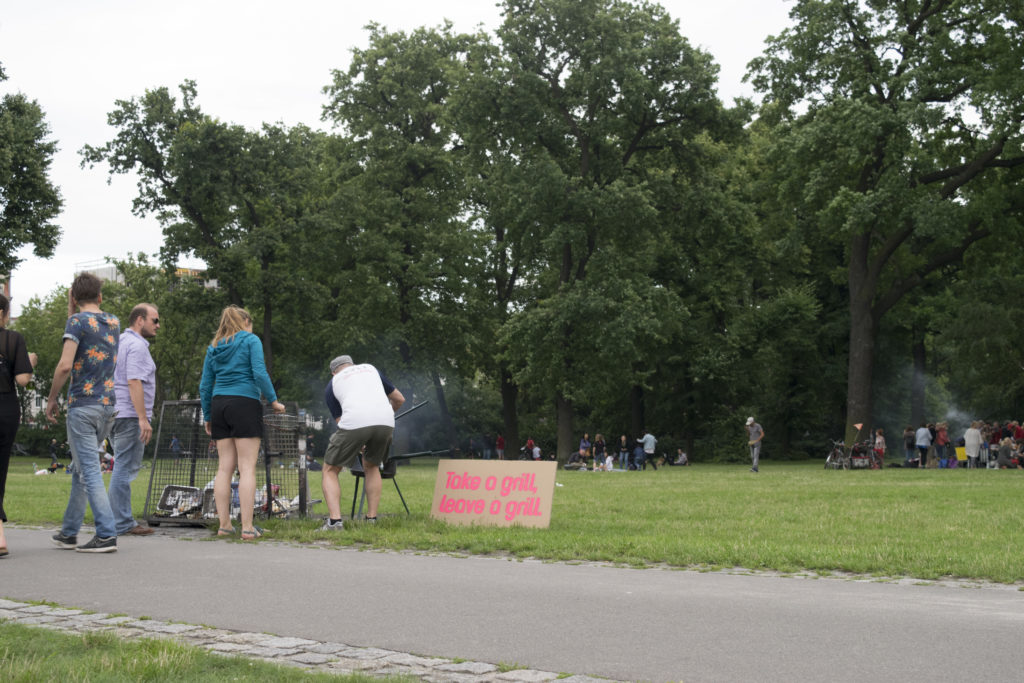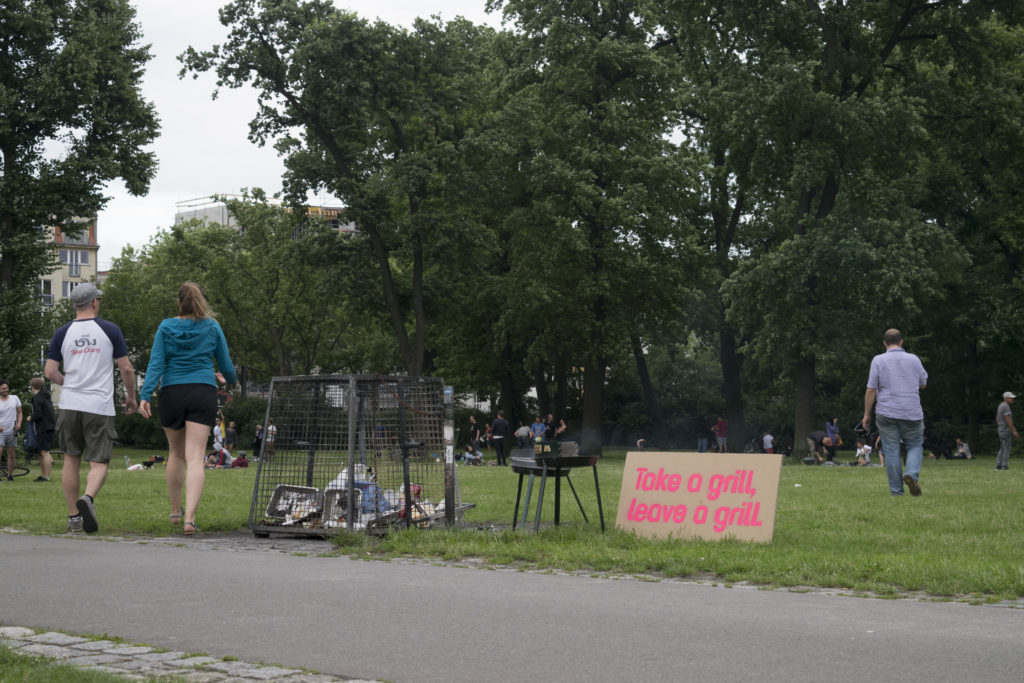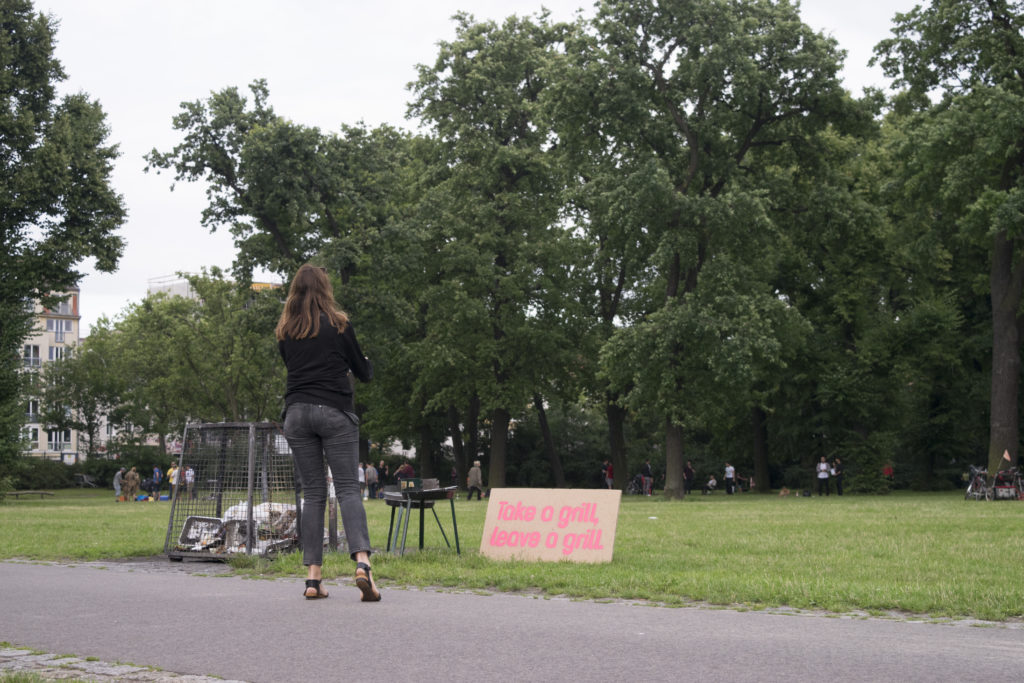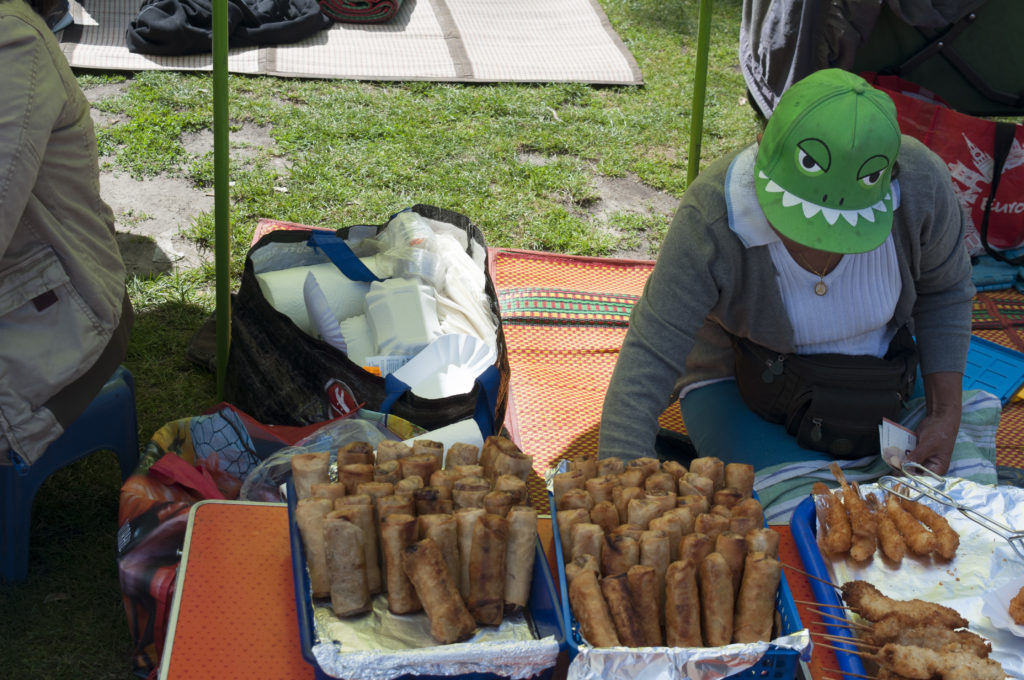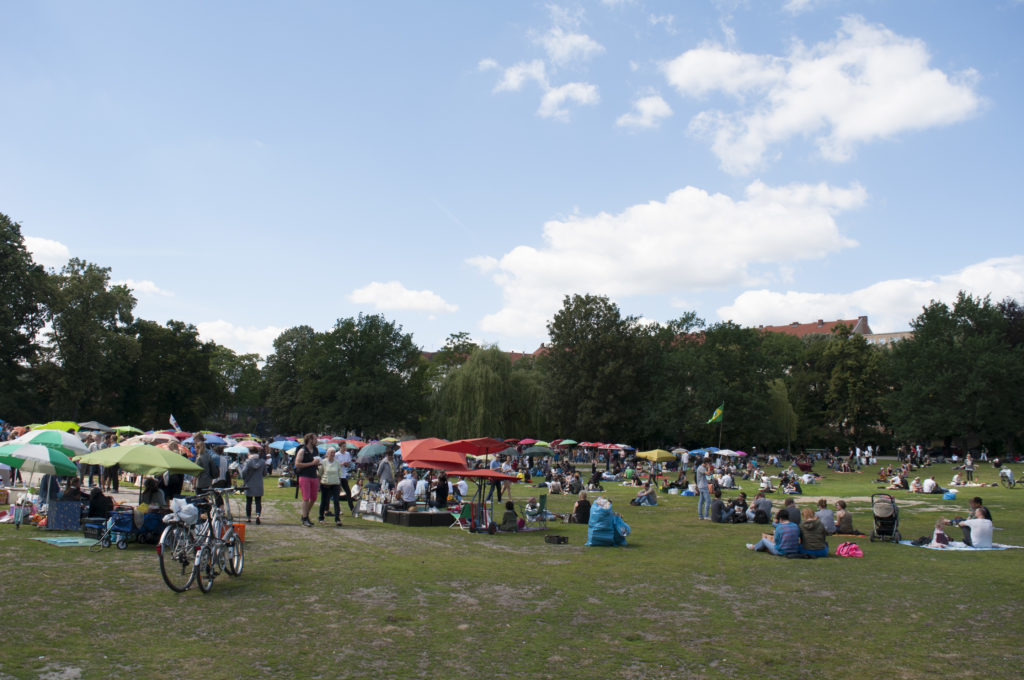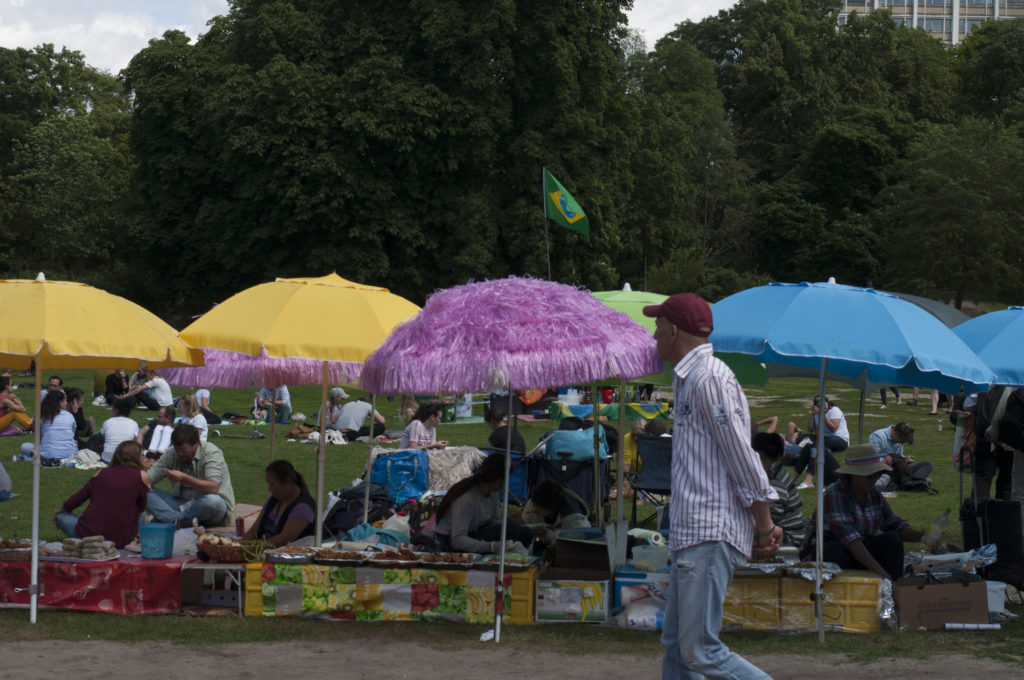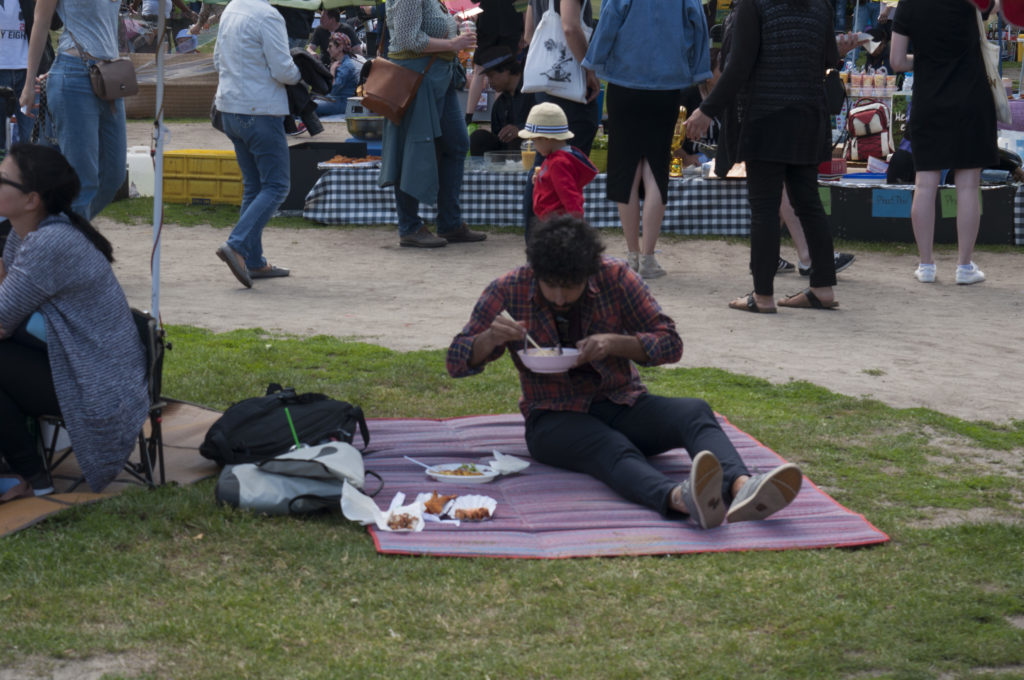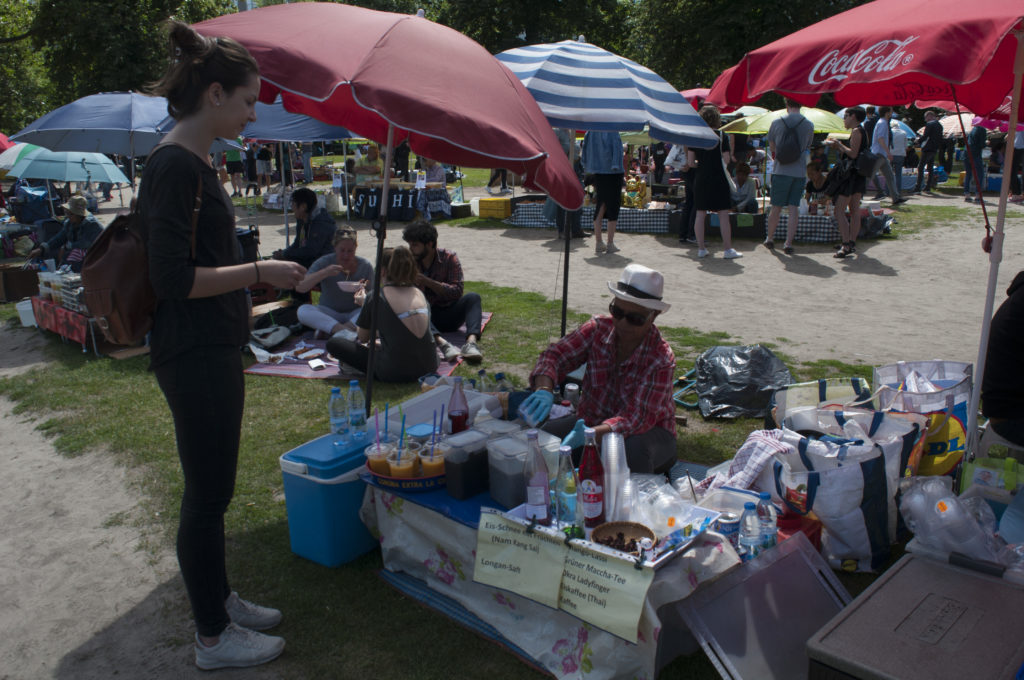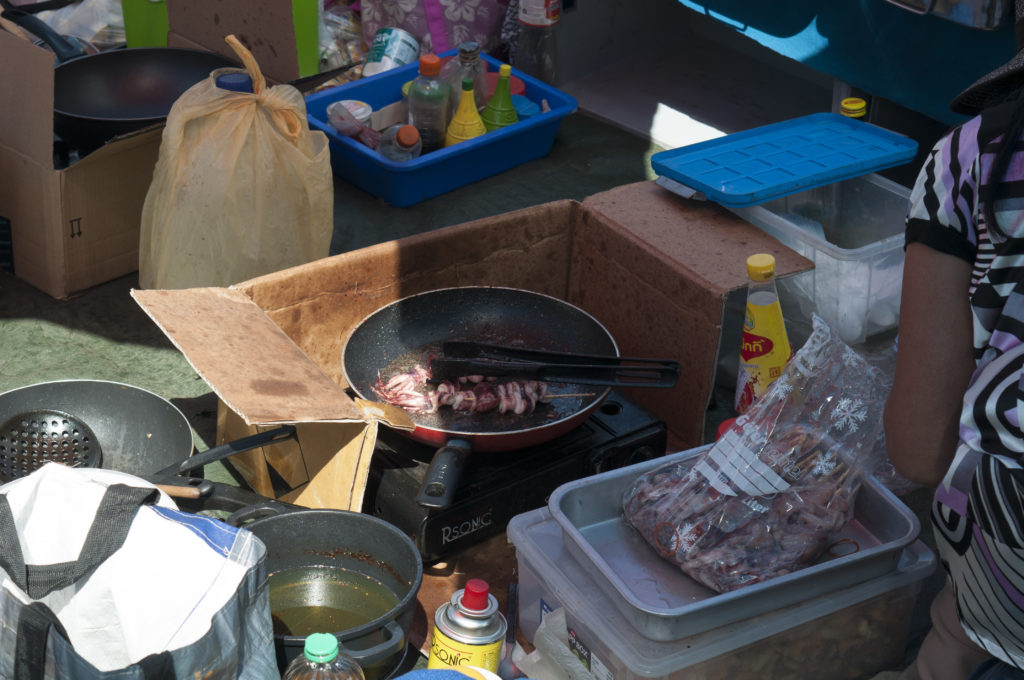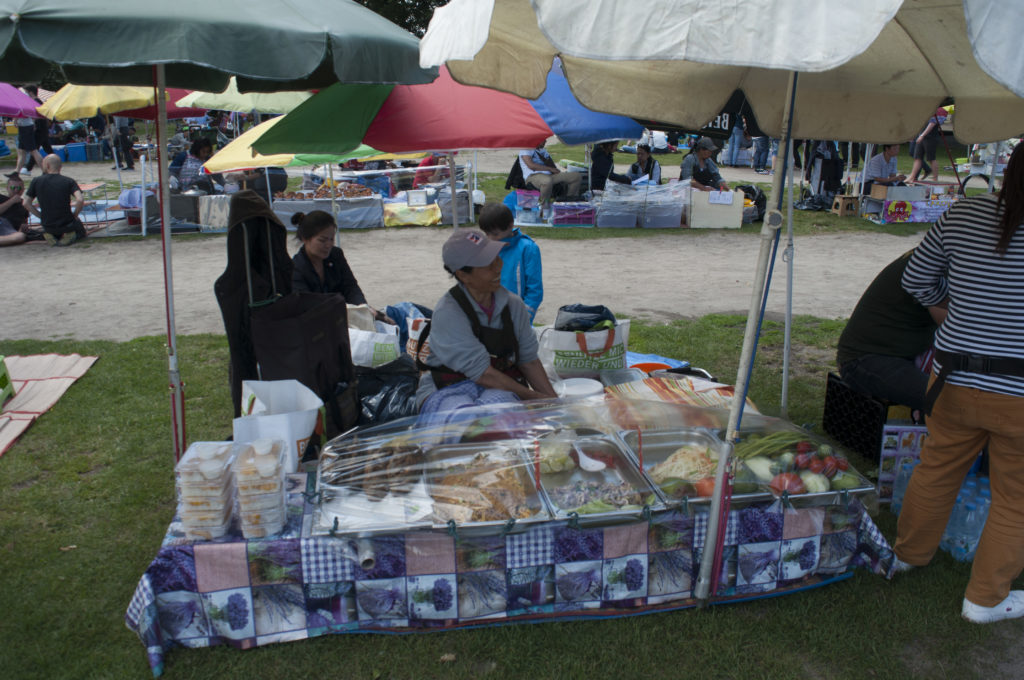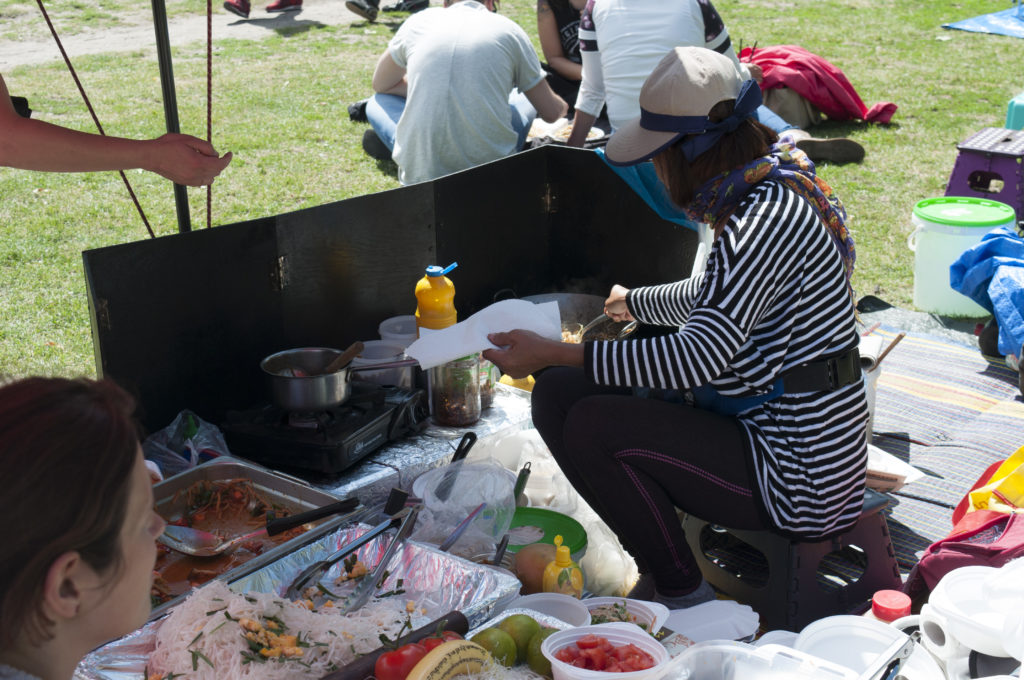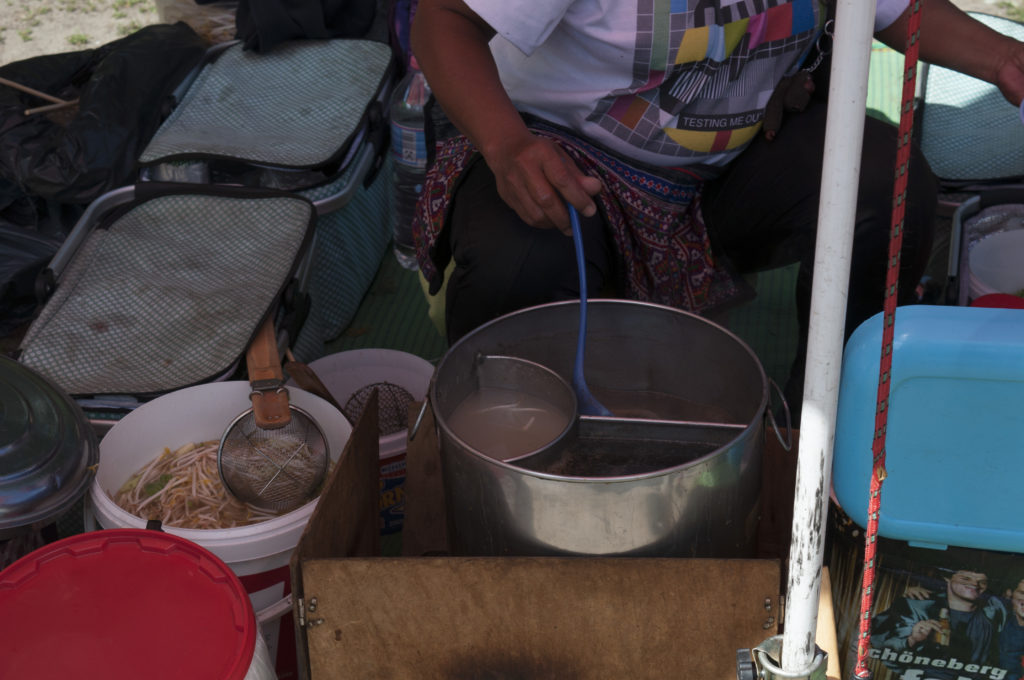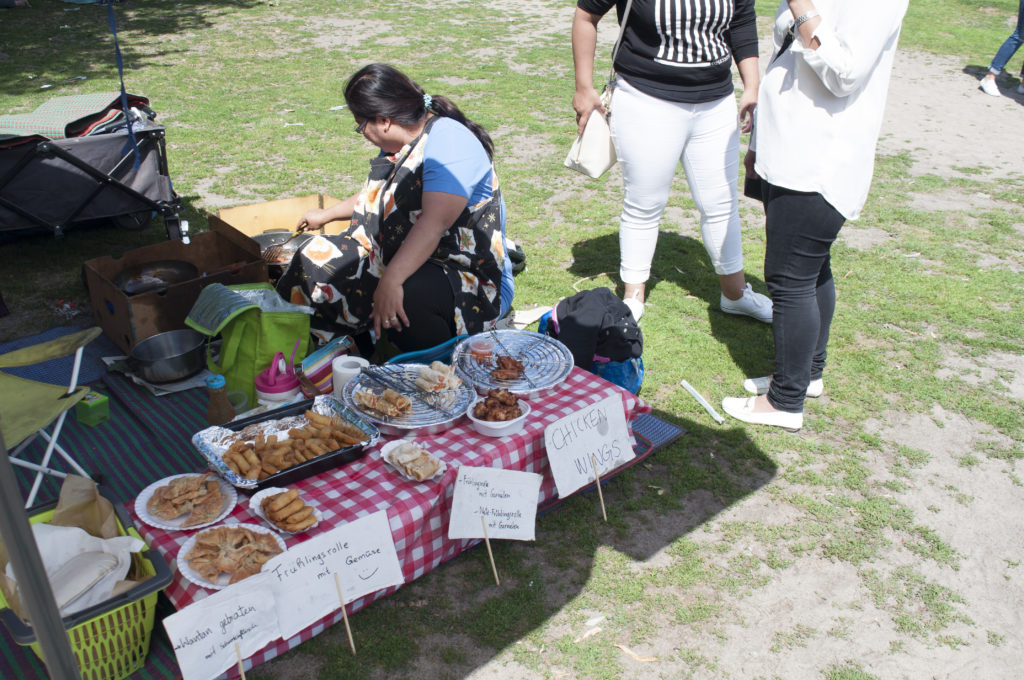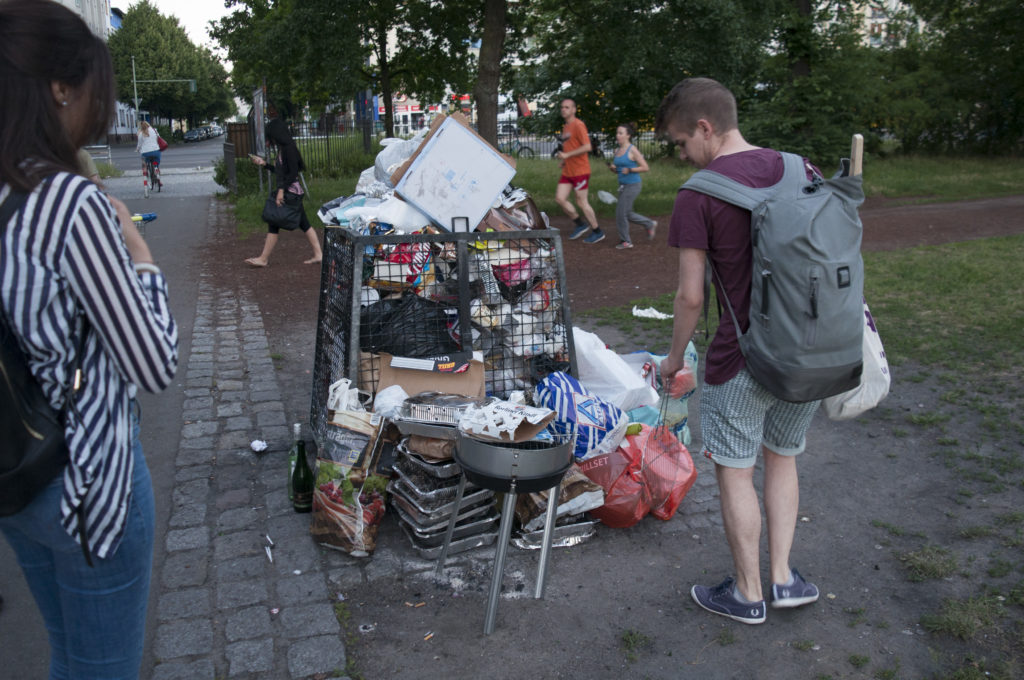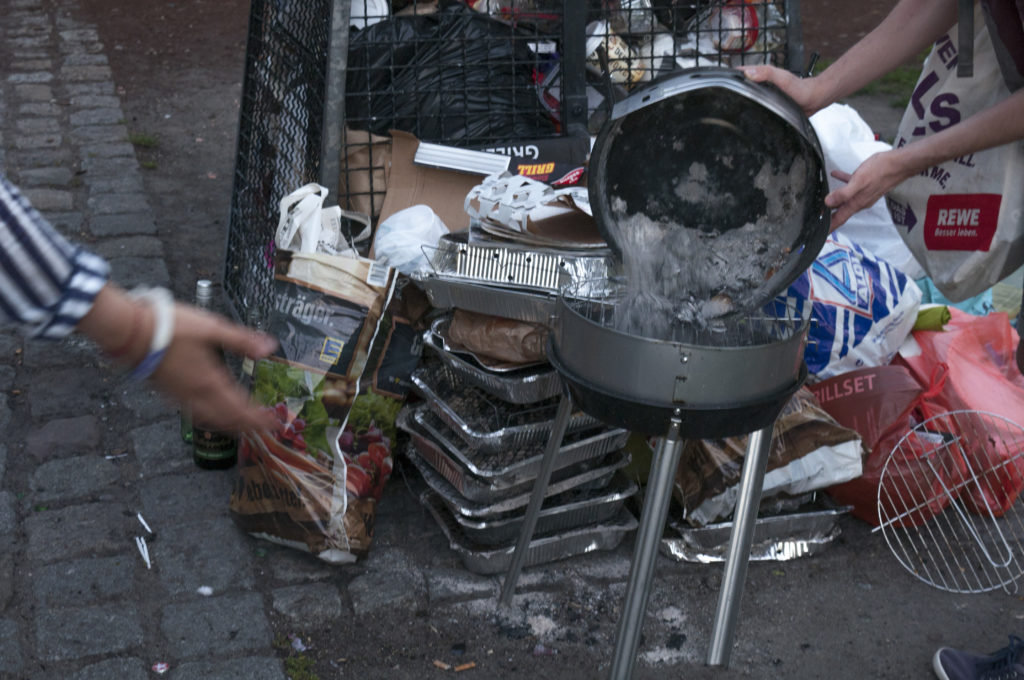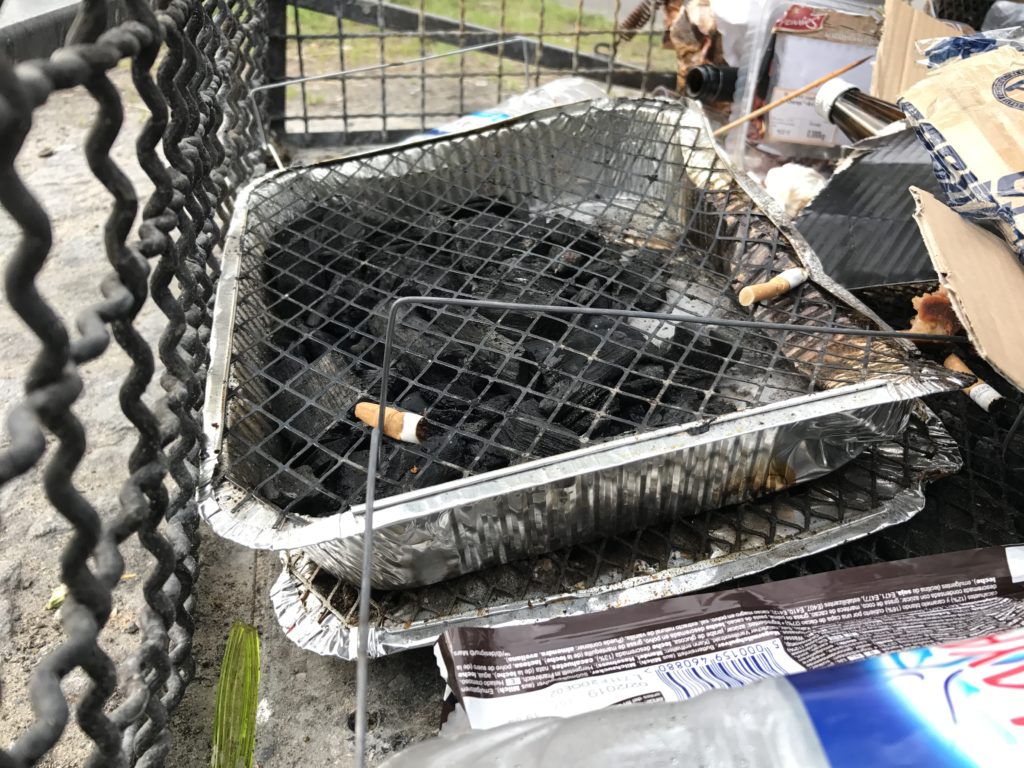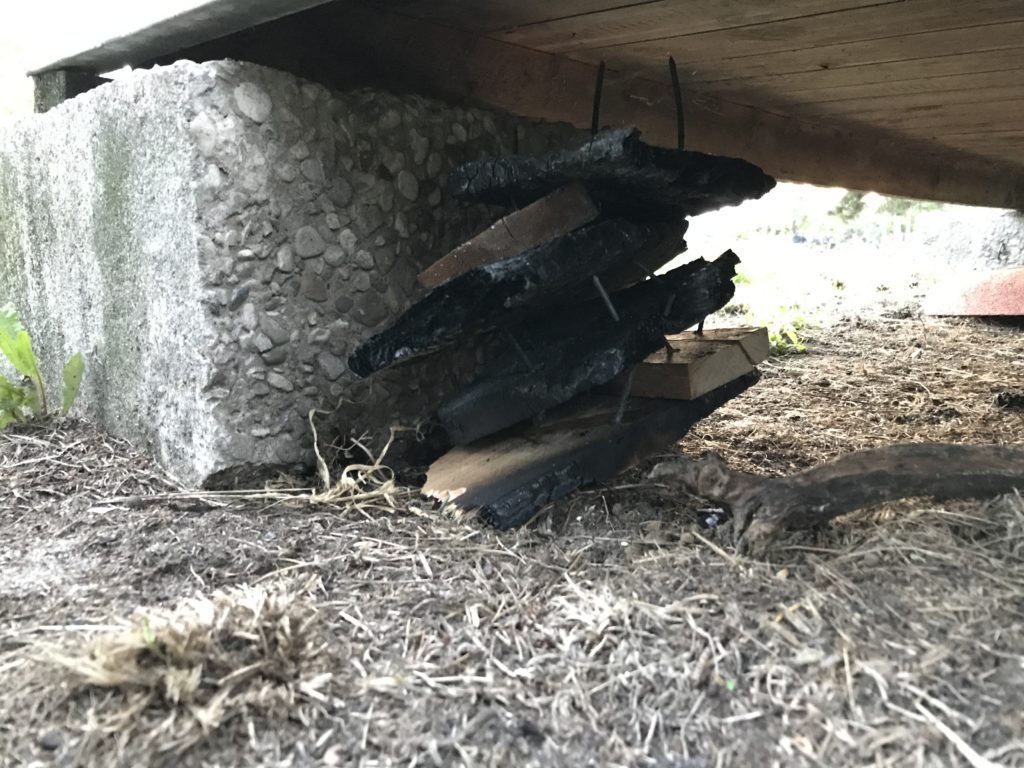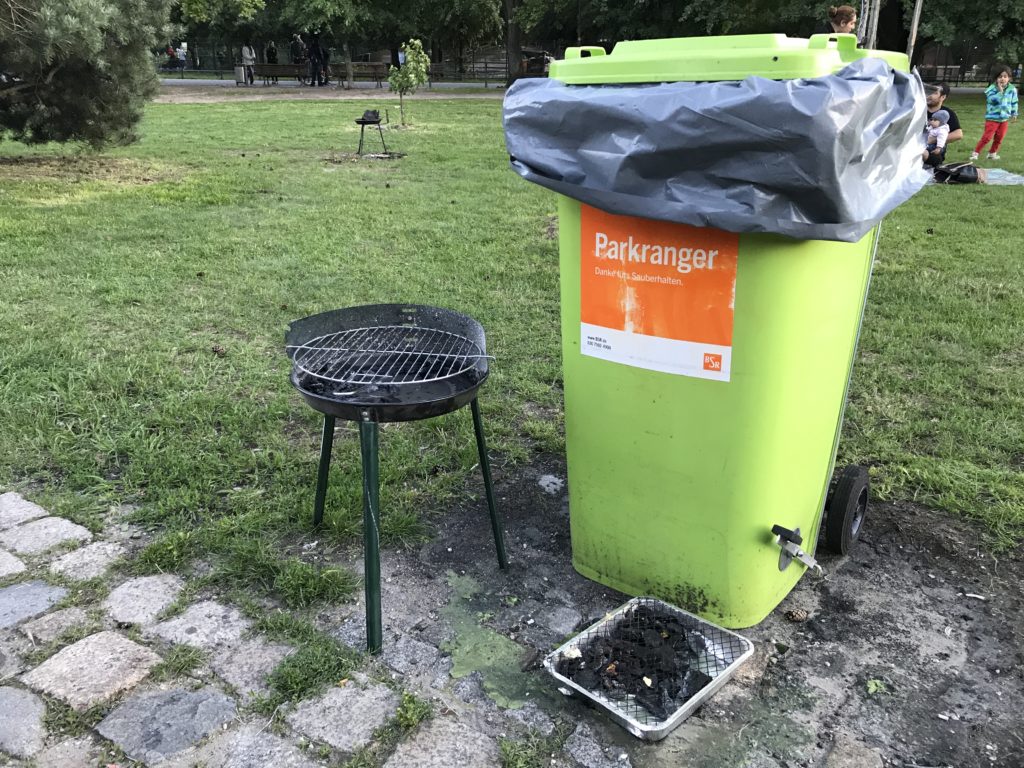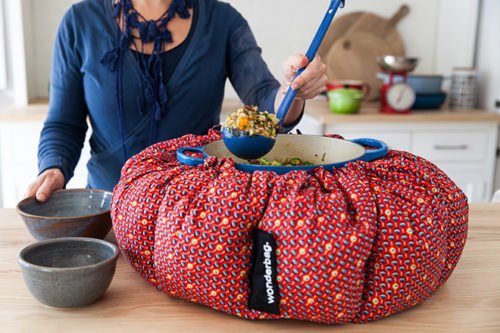Check it out our final presentation here!
As a starting point for this project we asked ourselves: How to bring the wildlife back to the city?
In the initial part of the project we got especially inspired by café Botanico permacultural approach to urban farming. So, once we started to look through these glasses we were fascinated by the wildlife taking over the abandoned building and its surroundings. After collecting, identifying and researching the plants we started to map the wild edibles around HDS and its close neighborhood. The intriguing idea of public and free food was a carrier through this process. It was surprising that a lot of the wild vegetation that would usually be disregarded as undesirable weeds can actually be both healthy and useful! We agreed that information is the key to a better understanding of their value.
After the research phase we asked ourselves: How can we make those friendly weeds more appreciated around HDS?
Our idea is coexistence of nature/wildlife and the future inhabitants of HDS. We have thought about objects and actions which invites the wildlife to come and grow even more around HDS meanwhile provoking a transition in the perception of people. We want to create a value for the wildly growing plants instead of disgust or other associations people might usually have.
Presented here is a pillar that lifts up the plants from the ground and puts them into eld of vision for people passing by. Attached to the pillars are signs to provide information about the plants and their possible uses. The pillars rises awareness and changes the perception about these plants.
Along with the pillars we suggest perforated tiles, which fit into the raster of the standard ground tiles around HDS. The perforation enhance the possibilty for the wildlife to grow through in selected places.
We treat the wall in the inner yard in such a way that moss can grow up on it but in defined shapes. The green will replace the broken parts of the grout that fell down. This way wildlife and the building literally coexist.
As an overall strategy we thought of a color code to attract attention to the urban wildlife around HDS. Around the building we see a possibility for many small interventions that together will play a big role in enhancing the wildlife. The pink color is chosen contrast the green and to give a coherency to the di erent objects.
